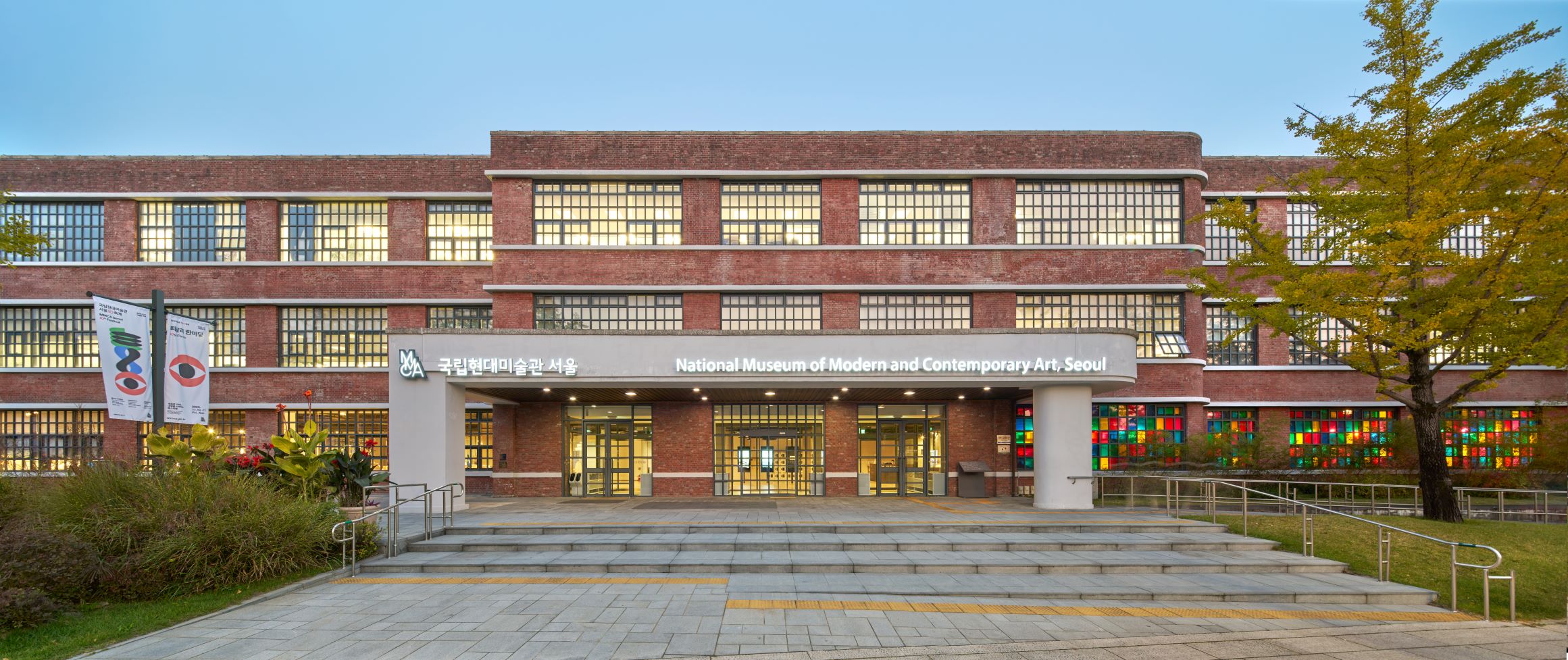
MMCA Seoul ⓒKim Taedong
National Museum of Modern and Contemporary Art, Korea (MMCA)
* Source: Multilingual Glossary of Korean Art. Korea Arts Management Service
Related
-
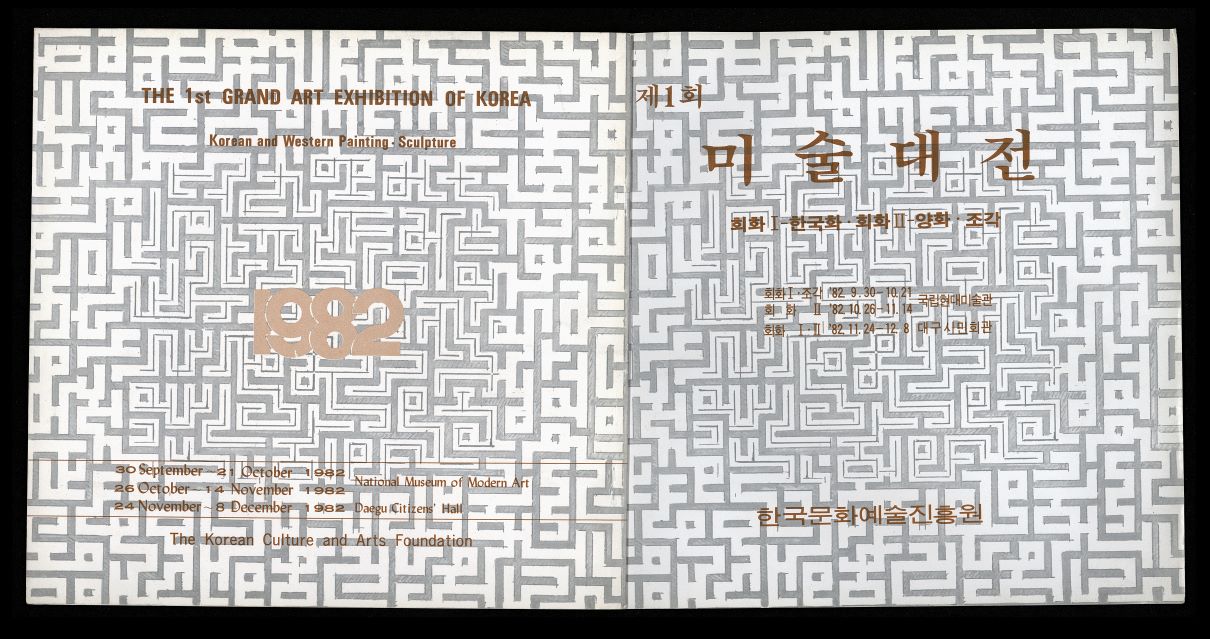
Grand Art Exhibition of Korea
The Grand Art Exhibition of Korea [Daehanminguk misul Daejeon] is an arts contest hosted by the Korean Fine Arts Association. National Art Exhibition (Gukjeon), which had been held from 1949 through 1981, was transferred to the private sector and renamed the “Grand Art Exhibition of Korea.” During its transitional period from 1982 through 1985, the Grand Art Exhibition of Korea was run by the Korea Culture and Arts Foundation, a semi-governmental organization. Starting in 1986, the Korean Fine Arts Association hosted the exhibition with support for the operating budget from Arts Council Korea. It had been held with five sections: Korean painting, Western painting, sculpture, crafts, and calligraphy (including the Four Gentlemen). In 1986, its crafts section was separated from the Grand Art Exhibition of Korea and established as the Grand Craft Exhibition of Korea, and in 1989 the calligraphy section was separately installed as the Grand Calligraphy Exhibition of Korea. At the same time, a printmaking section was newly established in the Grand Art Exhibition of Korea. From 1993 onward, due to the increase in entries and lack of exhibition space, the Grand Art Exhibition of Korea was divided into two parts: a spring exhibition on non-figurative art and a fall exhibition on figurative art. It played an instrumental role in establishing the terms “Eastern painting” as “hangukhwa (Korean painting)” and “Western painting” as “yanghwa (Western style painting).”
-
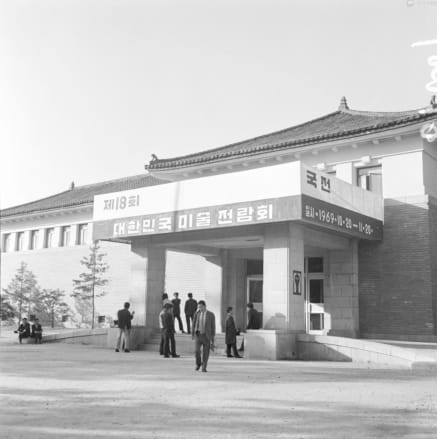
Gyeongbokgung Palace Museum
Gyeongbokgung Palace Museum was a national museum located in Gyeongbokgung Palace from 1949 to 1973. It was used as an exhibition hall for the National Art Exhibition (Gukjeon) of Korea. It became the Museum of the Japanese Government-General of Korea in 1939, then was used as a venue of the Joseon Art Exhibition until 1944 and became the Gyeongbokgung Palace Museum after Independence. In 1949, it was used for the first National Art Exhibition of Korea. It also hosted large scale exhibitions, such as the Science Exhibition, the National Middle and High School Student Art Exhibition, the International Children’s Art Exhibition, and the National Commercial and Industry Art Exhibition from the 1950s to the 1960s, especially when there were few public museums. In 1957, it hosted The Family of Man, a photographic exhibition which travelled around the world starting at the Museum of Modern Art in New York City. The Gyeongbokgung Palace Museum was also the base of the National Museum of Contemporary Art from 1969 until its relocation to Deoksugung Palace in 1973. It was used as the National Folk Museum of Korea from 1975 to 1993 and was demolished during the restoration project of Gyeongbokgung Palace in 1998.
-
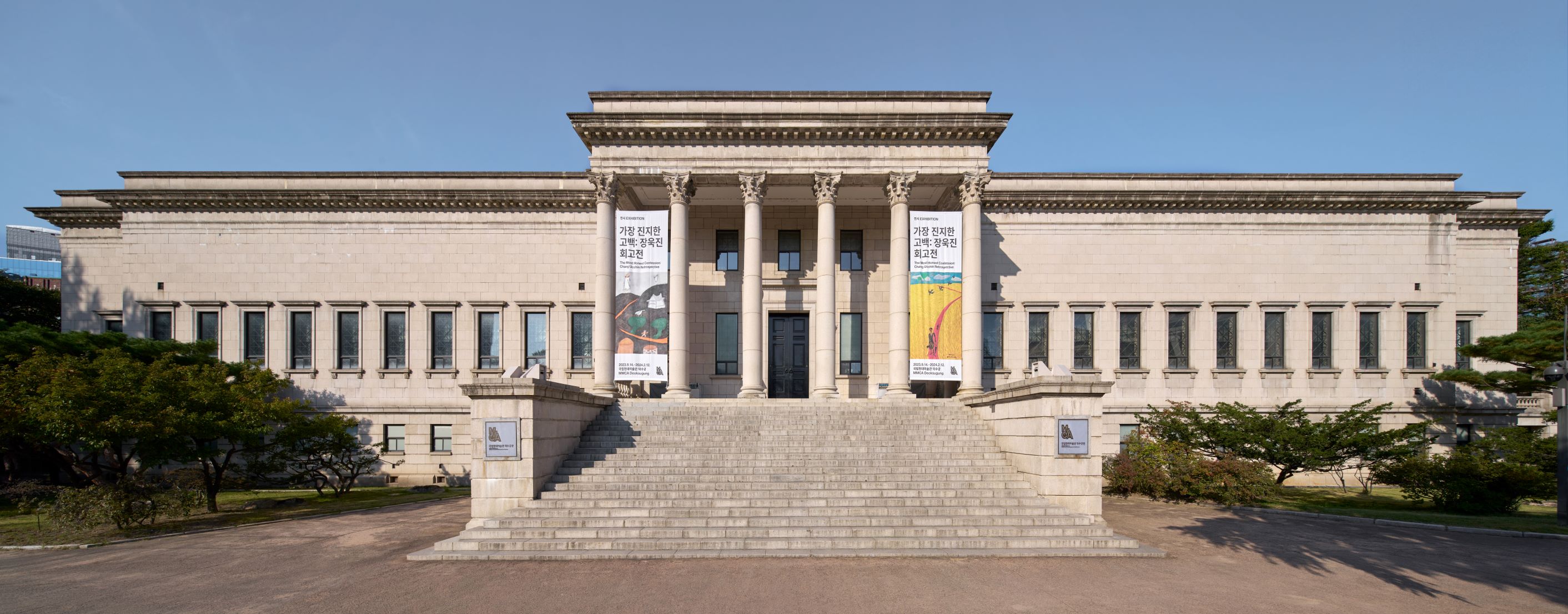
Deoksugung Museum of Art
A term that refers to two separate art museums that have existed in the grounds of Deoksugung palace at different times. First, the Yi Royal Family Museum, which was built in 1938 and renamed the Deoksugung Museum of Art after independence in 1948. This iteration of the Museum was merged with the National Museum of Korea in 1969. Separately, in 1998 a branch of the National Museum of Contemporary Art, Korea (now MMCA) was established at this location, and also named the Deoksugung Museum of Art. In 2013, the official name of the branch was changed to the National Museum of Modern and Contemporary Art, Deoksugung but some people still use the previous name, Deoksugung Museum of Art.
Find More
-

The Korean Young Artists Biennial
The Korean Young Artists Biennial was an exhibition held every other year at the National Museum of Modern Art, Korea (now MMCA) that started in 1981. The museum was designed to independently discover and foster talented young artists beyond the contest system. Oh Kwang-su and Yoon Woohak participated as promotion committee members. The program had a principle not to re-invite artists who has had been already invited to provide new opportunities for a greater number of young artists. Various styles of art, such as sculpture, installation, and environmental art by about 20 young artists were exhibited. The fourth exhibition was held at the Gwacheon branch of the MMCA which was newly opened at that time, to focus on the new movements of young artists which had suddenly began to emerge after 1985. In 1990, it was renamed the Young Korean Artists.
-

Young Korean Artists
An exhibition held every two years at the National Museum of Modern and Contemporary Art, Korea since 1981. The purpose of the exhibition is to showcase young artists who produce diverse, experimental work, regardless of theme. From the first to fifth exhibition, it was called the The Korean Young Artists Biennale, and starting with the sixth exhibition in 1990, the name was changed to Young Korean Artists. The thirtieth anniversary exhibition was held from April 17 to June 6, 2010, and the exhibition was held in both 2013 and 2014. The exhibition was not held between 2015 and 2018, but has been resumed for 2019. The exhibition is considered as a notable venue for the examination of the emerging issues and trends in contemporary Korean art.
-
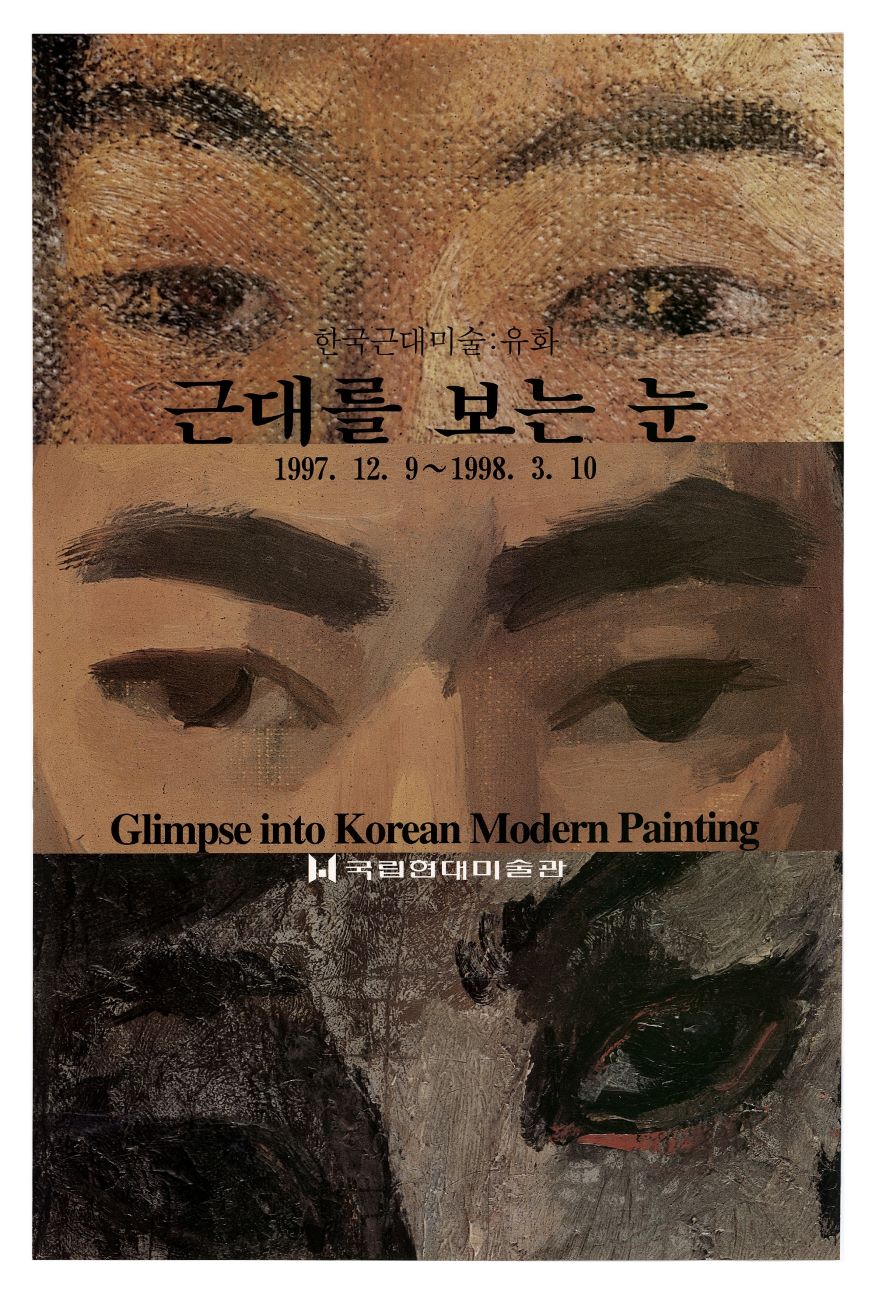
Glimpse into Korean Modern
Glimpse into Korean Modern was an influential exhibition series on Korean modern art. It began with an oil painting exhibition at the National Museum of Contemporary Art, Korea (now MMCA) in December 1997 and sequentially proceeded to various fields such as ink wash painting, sculpture, architecture, and crafts. An oil painting exhibition was held from December 9, 1997 to March 10, 1998, a sculpture exhibition was held from August 24, 1999 to October 31, 1998, and a craft exhibition was held from November 16, 1999 to January 30, 2000. The exhibition was designed to establish an national art history by re-evaluating and understanding Korean modern art. Reflecting the research achievements of Korean modern art, the exhibition attempted to excavate and organize artwork and materials that were lost amid a rapidly changing society and played a role in suggesting various in-depth research directions. The exhibition, organized field by field, focused on newly discovered works beyond one common perspective.






